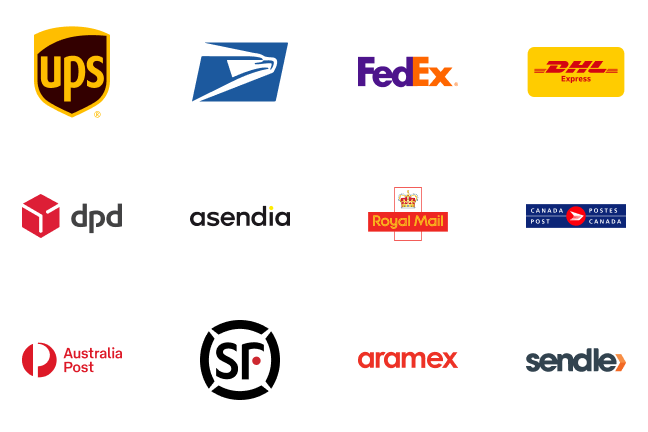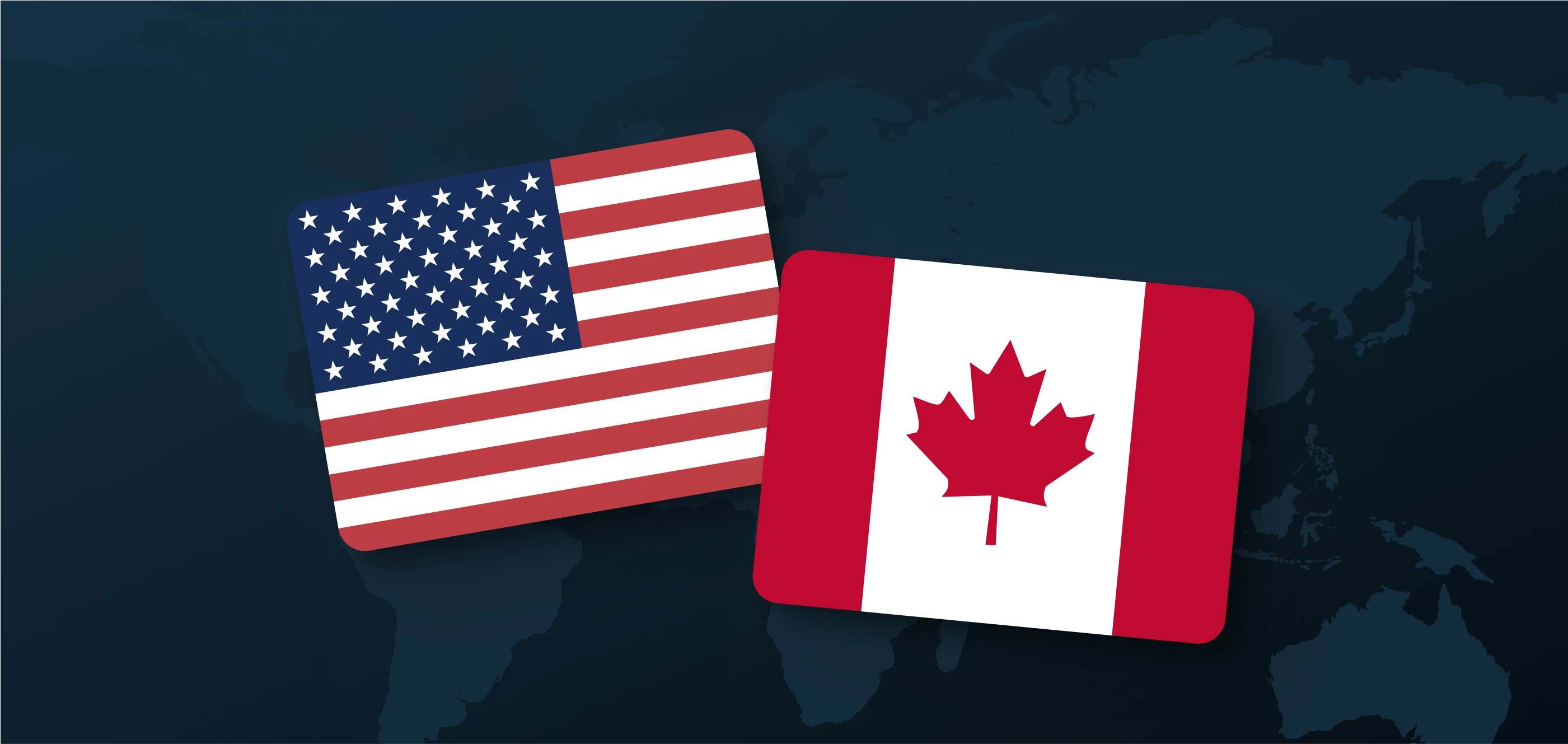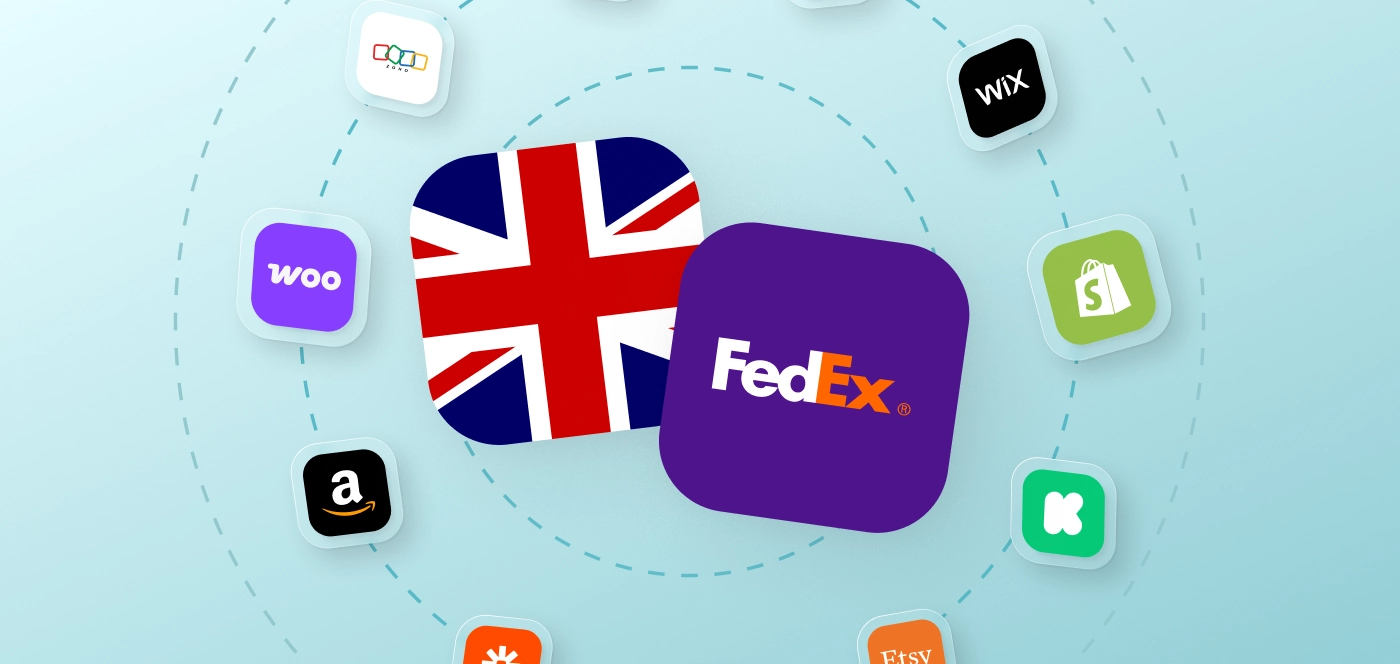Are you a business owner in the land down under? Then you’re going to want to read this!
In breaking news for exporters and eCommerce sellers, the U.S. has moved quickly in 2025 to raise tariffs on many trading partners. Australia now faces a baseline tariff on most goods and steep sector-specific duties that hit metals, vehicles and potentially pharmaceuticals. These changes affect exporters, eCommerce sellers, and logistics teams who ship to the U.S.
This article explains what the Trump tariffs mean for Australia, where the rates stand today, who is hurt most, and how businesses can adapt — in plain language and with practical steps.
What is the Trump Tariff?
The Trump tariff is a set of new U.S. import taxes introduced by President Donald Trump to change trade flows and protect U.S. industry. The policy has two parts:
- A baseline tariff that applies broadly to many imports from trading partners.
- Sector-specific tariffs for products the U.S. says affect national security or need reshoring (steel, aluminium, autos, semiconductors, pharmaceuticals).
These tariffs are enforced by executive orders and presidential proclamations, which authorize the government to levy tariffs on specified imports. That makes planning harder for exporters and online sellers.
How much does Trump want to tariff Australia?
The following tariff rates now apply to Australian exports as of August 2025:
- Baseline tariff: a 10 per cent tariff rate on most goods imported into the U.S. from Australia (effective April 9, 2025).
- Steel & aluminium: a 50 cent tariff for covered products (Section 232 increases, effective June 4, 2025).
- Autos & certain parts: 25 per cent tariff rates under sectoral measures.
- Copper and related products: 50 per cent tariff rates on specified copper products (effective August 1, 2025).
- Pharmaceuticals: President Trump announced an initial “small” tariff that would rise to 150 per cent within 18 months and could reach 250 per cent long-term (announced early August 2025). This is an explicit threat affecting medicines and biotech exports.
- De minimis removal: The U.S. will suspend the de minimis duty-free exemption for low-value packages (previously $800). From 29 August 2025, goods previously exempt from duty are no longer exempt as of August 29, 2025. That means small eCommerce parcels from Australia to the U.S. may now face duty and tax collection.
What this means for common exports:
| Product |
Typical U.S. import tariff now |
Why it matters |
| General goods (baseline) |
10% |
Raises landed cost for many items |
| Steel & aluminium |
50% |
Hits industrial exports and derivatives |
| Autos & parts |
25% |
Affects vehicle parts and manufacturers |
| Copper products |
50% |
Impacts mining exports & processed parts |
| Beef |
10% (baseline) |
Australian beef exports are affected by the new baseline tariff, impacting competitiveness in the U.S. market |
| Pharmaceuticals (threatened) |
Could reach 150–250% |
Major risk to biotech and medicine exporters |
| Low-value eCommerce (under $800 previously) |
No longer duty-free from Aug 29, 2025 |
Small orders now face customs duties and fees |
(Sources: DFAT / Austrade, White House proclamations, Reuters.)
Why did Trump Tariff Australia?
The reasons for the new tariffs on Australia are multifold, but there are two big drivers:
- Trade rebalancing — The Trump administration is using reciprocal tariffs to reduce trade deficits and push partners into concessions. The baseline 10% and country-level adjustments are part of that push.
- National security & reshoring — Section 232-style tariffs target metals (steel, aluminium, copper) and other strategic goods. The pharma threat is framed as a bid to bring drug manufacturing back to the U.S. and to pressure countries it says have policies that disadvantage U.S. companies. Australia’s Pharmaceutical Benefits Scheme (PBS) has been cited in U.S. pharma lobbying, and Canberra has said it will not change PBS pricing to avoid tariffs.
Politically, these tariffs are meant to be leverage — either to force negotiation or to speed domestic industry rebuilding.
Impact of the Trump tariff on Australia
The Trump tariffs on Australia negatively impact Australian businesses by increasing shipping costs and complicating the logistics of international shipping. This section covers which goods and businesses face the biggest pain, and some hard numbers.
Data snapshot
- Australia’s pharma exports to the U.S.: A$2.1B (prior year).
- Baseline U.S. tariff: 10% (effective April 9, 2025) for most goods from Australia.
Top Australian exports to the U.S. at risk
- Pharmaceuticals & biotech — According to Reuters, Australia exported about A$2.1 billion in medicines to the U.S. in the previous year. A very high pharma tariff would hit big players like CSL and many SME suppliers.
- Metals & minerals — Steel, aluminium, copper products are directly affected by higher Section 232 duties.
- Agricultural & food products — Higher baseline tariffs can raise food export prices and reduce demand.
- Manufactured goods & parts — Autos and parts at 25% will weigh on exporters that rely on U.S. buyers.
These risks could have significant consequences for Australia's economy, particularly in sectors heavily reliant on US trade.
How ecommerce and SMBs are affected
This tariff tango does not sound too good for the existing and new eCommerce and SMBs. Along with high cost, and potential customer dissatisfaction, there are other ways these businesses are likely to be negatively impacted.
- Small orders now have extra fees. The de minimis change means parcels that were previously duty-free (under USD $800) will face duties from Aug 29, 2025. US importers of Australian goods now face higher costs due to these tariffs, which may be passed on to consumers or absorbed by businesses. This raises cart prices and can increase cart abandonment for Australian merchants selling to U.S. consumers.
- Landed cost uncertainty grows. Sellers must now account for duties and additional customs brokerage, which complicates pricing.
- Carrier & compliance costs rise. With rise in shipping charges, couriers and postal networks are likely to update rates and pass on costs for duty collection, paperwork, and inspection.
An increase in tariff revenue is expected for the US government, while Australian export volumes are expected to decline as a result of the new policy.
Navigating Tariffs on Australian Businesses
Tariffs on Australian exports to the U.S. create three major challenges: higher final prices, slower customs clearance, and increased administrative costs. These higher costs can contribute to inflation, as businesses may pass on price increases to consumers. Here’s how Australian businesses are responding, step-by-step.
1. Calculate the New Landed Cost
The first step is understanding exactly how much the tariff adds to the total cost of goods sold. Businesses calculate landed cost by adding:
- Product cost
- Shipping
- Insurance
- Customs duties
- Local fees
Some are adjusting product prices to reflect the higher cost, while others choose to absorb part of the tariff for high-priority SKUs to remain competitive.
Accurate accounting for all tariff-related expenses is essential to ensure proper pricing and effective profitability analysis.
2. Reprice Products or Absorb Costs for Key SKUs
Once the new landed cost is clear, companies decide whether to pass it on to customers or take a profit hit. Many retailers keep prices stable for their bestsellers to protect market share, while less critical items see price adjustments.
These pricing strategies can also influence future investment decisions, as companies assess the long-term viability of exporting to the US market.
3. Compare Courier Options
Switching carriers can offset some tariff-related expenses. Businesses are:
- Testing different carriers for U.S. lanes
- Comparing small parcel, express, and sea freight rates
- Evaluating delivery speed vs. cost trade-offs
- Using a multi-carrier shipping calculator to identify cheaper options
4. Shift Fulfilment Where It Helps
To avoid paying repeated duties on multiple small shipments, some exporters are:
- Moving inventory to U.S.-based 3PLs for faster domestic delivery
- Consolidating large shipments to lower per-unit duty costs
5. Automate Customs and Compliance
Manual customs processing can delay shipments and add errors. Companies are adopting:
- Shipping software that automatically calculates taxes, assigns HS codes, and generates correct documentation
- Duty-prepayment options or displaying duties-at-checkout to keep customers informed and reduce returns
6. Diversify Markets
Reducing reliance on the U.S. market helps optimize the risk. Many exporters are:
- Increasing marketing and sales in Europe and Asia
- Targeting regions with lower or no tariffs on Australian goods
Diversifying export markets also helps Australian businesses stay competitive in a rapidly changing world of international trade.
How Easyship fits in
Easyship helps merchants with shipping automation, streamlining logistics and the supply chain process. The platform:
- Shows real-time landed cost including duties and taxes.
- Automates customs paperwork and HS code mapping.
- Lets merchants compare 550+ courier options to find the best rate and delivery speed.
These features reduce surprise costs and speed up decision-making for small-to-medium merchants exporting to the U.S.
Case Study: Biaggi
Travel accessories brand Biaggi used Easyship to cut shipping costs, automate duties and taxes, and access discounted multi-courier rates—leading to $100K in savings and a 20% revenue boost in one year.
This same approach can help Australian businesses offset tariff impacts, speed up delivery, and maintain competitive pricing in the U.S. market. Easyship helps exporters hit by rising tariffs manage costs and complexity by showing real-time landed costs, automating customs paperwork, and comparing 550+ courier options.
What was the Tariff on Australia before Trump?
Before the 2025 tariff changes:
- Many Australian goods entered the U.S. duty-free under the Australia–United States Free Trade Agreement (AUSFTA).
- The U.S. de minimis threshold (shipments under USD $800) allowed most small eCommerce parcels to be duty-free. That protected many small exporters and cross-border shoppers. Those advantages have been altered by the baseline tariff and the de minimis suspension.
The Albanese government, which is the sitting federal government of Australia, has prioritized diplomatic engagement to maintain favorable trade conditions with the US.
What is the Retaliatory Tariff by Australia?
As of now, Australia has not imposed formal retaliatory tariffs against the U.S. Canberra has focused on diplomatic channels, advising businesses and offering guidance through Austrade and DFAT resources. However, if the U.S. implements very high tariffs (especially on pharmaceuticals), Australia could respond with targeted measures. For exporters, the risk of future retaliation is a planning factor — but it is not yet the current reality.
A Changing Trade Landscape
Trump-era tariff moves have changed the trade picture for Australia. A 10% baseline, doubled Section 232 rates for metals, 25% on autos, and a genuine threat of 150–250% pharma tariffs create real risks for exporters and eCommerce sellers. The removal of the de minimis duty-free exemption means even small online orders now need careful pricing and customs planning. Businesses that act fast — recalculating landed costs, testing new fulfilment strategies, and using shipping platforms like Easyship to automate duties and compare carriers — will be best placed to protect margins and customer experience.
Ready to simplify and save on shipping?
Easyship is here to help.
Easyship helps eCommerce sellers stay profitable in a changing trade environment. With reciprocal tariffs, customs duties, and new rules for cross-border orders, our free shipping tools and smart dashboard are built to help you ship smarter and sell globally—without the stress.
Australia Tariffs FAQs
What is the current U.S. baseline tariff on Australian goods?
A 10% baseline tariff applies to most goods from Australia (effective April 9, 2025).
Are pharmaceuticals actually going to be taxed at 250%?
President Trump announced a plan that could raise pharma tariffs to 150% within 18 months and 250% long-term. That plan is a major threat to medicine and biotech trade, but implementation will involve further actions and timelines.
What happens to small eCommerce parcels under $800?
The de minimis duty-free exemption is suspended effective Aug 29, 2025. Small parcels from Australia that used to be duty-free may now be subject to duties and fees.
How can I protect my business now?
Recalculate landed costs, test U.S.-based 3PLs, compare couriers, show duties at checkout, and use shipping and compliance software (like Easyship) to automate HS codes and paperwork.
Where can I get official updates?
Check the U.S. Federal Register, White House proclamations, DFAT (Australia’s Department of Foreign Affairs and Trade), and Austrade’s Go Global Toolkit for the latest notices and guidance.















































.svg)
.svg)






.avif)
.avif)

.avif)
.avif)


.avif)


.avif)










.avif)
.avif)



.avif)
.avif)


.avif)
.avif)


.avif)











.svg)








